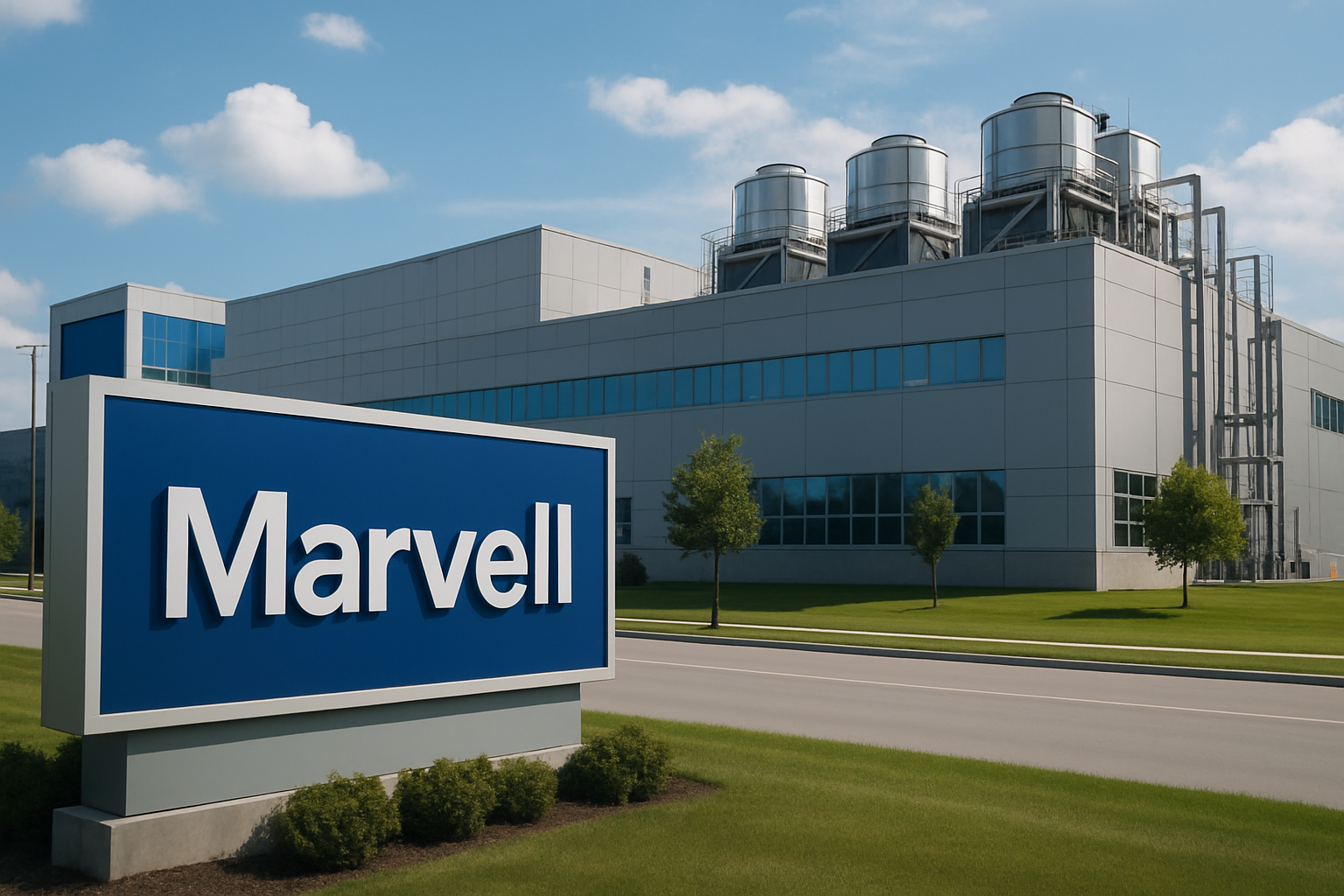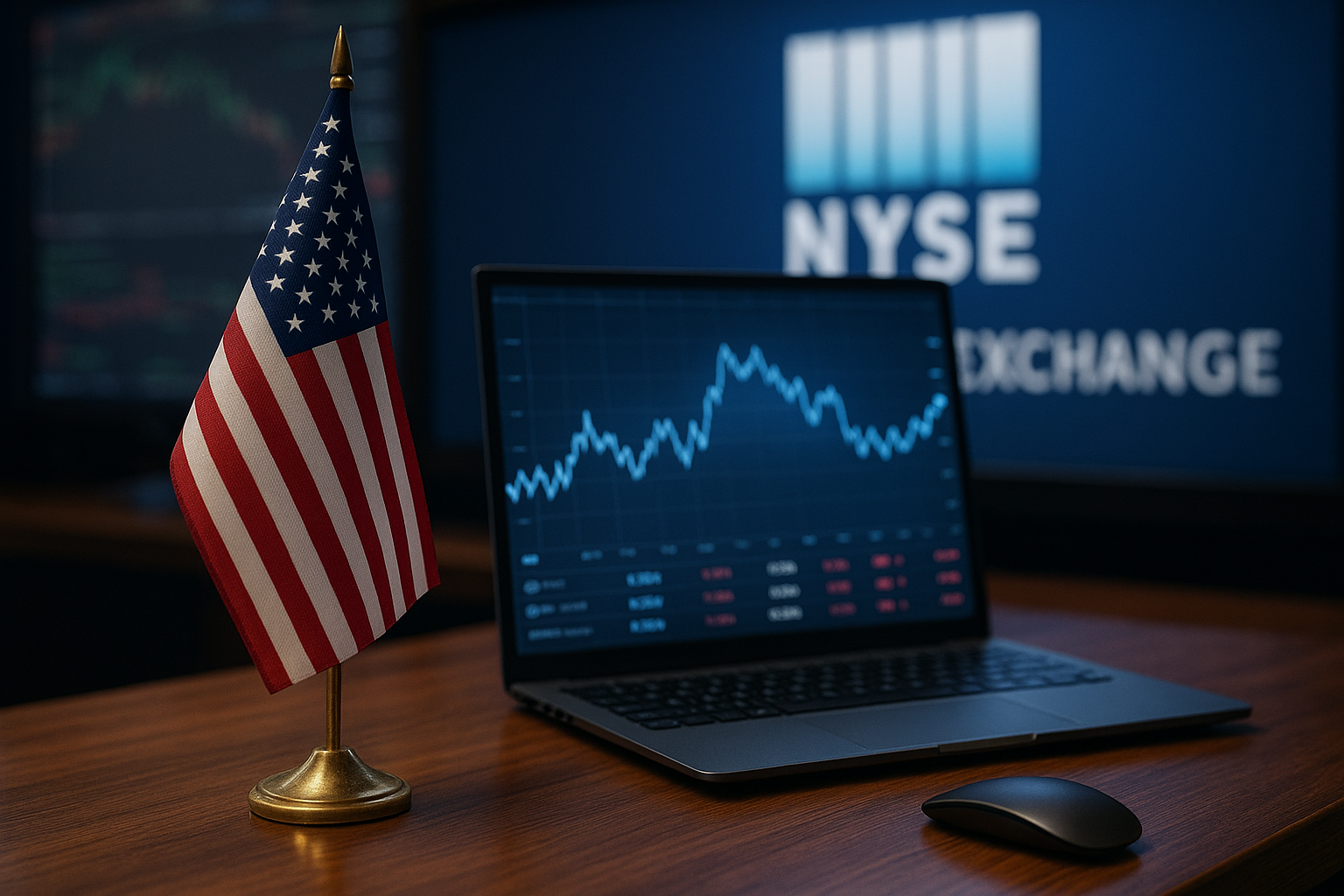Silicon Valley is heating up — not with tech IPOs or crypto surges, but with a new frontier battle: AI superintelligence. This week, Meta Platforms (NASDAQ: META) unveiled its ambitious new venture, Superintelligence Labs, marking a multibillion-dollar push to secure dominance in artificial general intelligence (AGI). As AI continues to reshape markets, Meta’s announcement sends a clear signal: the war for top AI talent is not only real but aggressively escalating.
With compensation offers reportedly reaching up to $300 million over four years for elite scientists, Meta’s strategy is rewriting the rules of recruitment and investment in next-gen AI development. Investors are now recalibrating where and how to deploy capital as the competitive landscape for artificial intelligence gets more ruthless — and lucrative.
The Billion-Dollar Talent Grab
Meta’s Superintelligence Labs initiative aims to accelerate the development of AGI — machines with reasoning capabilities rivaling or surpassing human intelligence. According to Axios, the company is directly targeting top researchers from OpenAI, Google DeepMind, and other rival institutions with unprecedented salary packages.
This aggressive maneuver arrives as the U.S. government simultaneously attempts to retain domestic AI talent through initiatives under DARPA and the National AI Research Resource (NAIRR). However, Meta’s compensation structure — nearly 10x traditional academic or public sector salaries — poses a significant challenge to these efforts.
China, too, is rapidly advancing its own AI capabilities. Reports from McKinsey and the Brookings Institution suggest the global AI race will define technological supremacy for decades. Meta’s investment is not just a talent play — it’s a geopolitical move with long-term innovation and revenue implications.
Why This Matters for Investors
Meta’s pivot signals that AI is no longer a side play — it’s core to long-term market leadership. While the company has already invested over $40 billion into its Reality Labs division, its renewed focus on superintelligence shifts the conversation from metaverse experiments to cutting-edge machine learning platforms with immediate utility across healthcare, security, enterprise tools, and consumer applications.
Increased demand for AI compute power and infrastructure is expected to benefit companies such as:
- NVIDIA (NASDAQ: NVDA) – still the undisputed leader in AI GPUs.
- Super Micro Computer (NASDAQ: SMCI) – a hardware supplier growing rapidly with AI server demand.
- Palantir Technologies (NYSE: PLTR) – with its expanding AI defense and commercial analytics platforms.
- Arista Networks (NYSE: ANET) – for its high-speed networking solutions critical to AI training pipelines.
Moreover, private AI startups — many backed by VC giants like Andreessen Horowitz and Sequoia Capital — may see accelerated M&A activity as tech giants race to absorb capabilities and patents.
Future Trends to Watch
- AI Brain Drain: As more researchers leave academia for private mega-salaries, we could see a consolidation of intellectual property in the hands of a few tech conglomerates. This may spur antitrust scrutiny, particularly in the U.S. and EU.
- AI Chips & Infrastructure Boom: With AI model parameters ballooning to the trillions, infrastructure demand will skyrocket. Look for investment growth in AI data centers, edge computing, and low-latency connectivity providers.
- Talent as a Financial Asset: Companies are increasingly being valued based on the quality of their AI teams. Institutional investors may begin factoring AI headcount and researcher credentials into valuation models, especially in early-stage firms.
- AGI Regulation Risk: As AGI moves from theory to reality, expect governments to introduce AI ethics legislation and safety compliance standards. While this may increase costs, it will also create new market opportunities for compliance-focused SaaS solutions.
Key Investment Insight
Meta’s all-in commitment to superintelligence is a wake-up call for investors: the real arms race isn’t about building the next chatbot — it’s about assembling the most brilliant minds to define humanity’s technological future.
Investors should position themselves not only in the giants (Meta, Microsoft, Alphabet) but also in the picks-and-shovels players — the chipmakers, infrastructure providers, and AI-native SaaS companies that will power and scale these ambitions.
If you’re looking for asymmetric returns, now is the time to investigate private AI funds, venture capital ETFs with exposure to AI, and frontier computing portfolios.
Stay ahead of the curve. Subscribe to MoneyNews.Today for the daily edge on AI, market shifts, and investor-ready analysis that matters.





